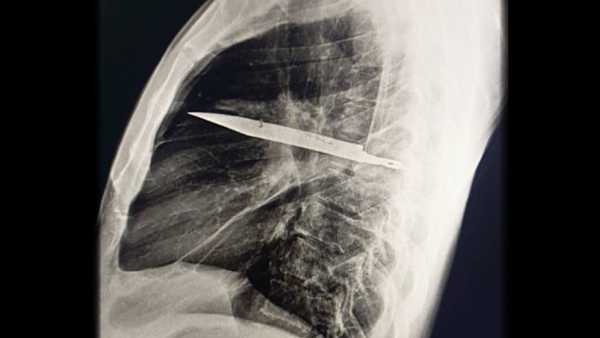
This chest X-ray of a patient shows a large blade lodged in the mid-chest. (Image courtesy of Kivuyo et al. J Surg Case Rep. 2025 May 31;2025(6):rjaf325; CC BY 4.0)
Patient: 44-year-old man from Tanzania.
Symptoms: For 10 days, the man had been oozing pus from a hole in his chest beneath his right nipple, prompting him to visit the emergency room. He reported no pain or difficulty breathing. He had no fever, and his vital signs were normal.
You may like
-

A strange lump in a woman's thigh turned out to be a sponge left over from a cesarean section.
-
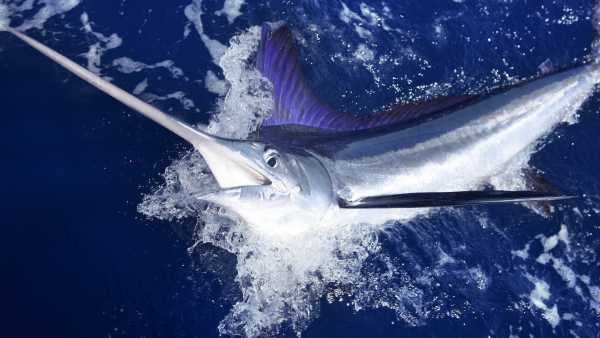
The man was stabbed in the throat and base of the skull by a fish.
-

Shingles has pierced a man's bladder.
During the examination, the man reported that eight years ago, he had suffered multiple stab wounds to the chest, back, abdomen, and face during a “violent argument.” No imaging studies were performed at the time, and he received only superficial first aid for the multiple stab wounds. He reported no health problems related to these wounds for eight years.
Diagnosis: An X-ray revealed a large metal knife blade lodged in the man's chest cavity. This cavity, also known as the rib cage, is located above the abdominal cavity and contains the heart and lungs. The blade, extending from the back of the rib cage forward, entered the man's back near the right shoulder blade.
The knife blade slipped between the fifth and sixth ribs in the patient's back and became lodged there, while the tip of the knife ended up between the third and fourth ribs in the anterior chest. A CT scan revealed healed fractures of the scapula and several ribs. The knife blade was surrounded by layers of pus and dead or dying tissue.
One of the body's defenses against foreign bodies is a process called fibrous encapsulation. The immune system encapsulates the object with collagen and other fibers to limit damage and inflammation in surrounding tissue. According to the report, it was this encapsulation of the knife that likely allowed the man to spend the next eight years unaware of the blade's presence in his chest.
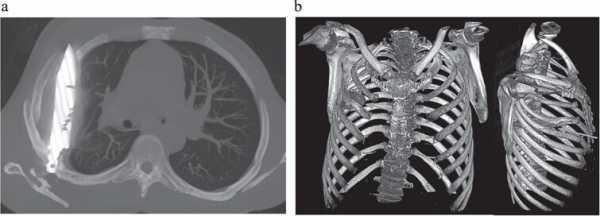
This CT scan (left) shows a knife blade lodged in a man's chest, while a 3D reconstructed CT image of the chest (right) shows both the knife itself and associated skeletal injuries.
Treatment: Hospital surgeons performed a thoracotomy, cutting into the man's chest wall to remove the blade. They drained the accumulated pus, irrigated the chest cavity with a sodium chloride solution, inserted a drainage tube, and sutured the wound. The patient received broad-spectrum antibiotics for seven days and was closely monitored for signs of infection after the surgery.
On the eighth day, doctors removed the drainage tube, and the man was discharged two days later. He returned to the hospital for two follow-up visits: once two weeks after the surgery and once six weeks later. During both visits, he showed no signs of infection or further complications.
OTHER DILEMMAS
—A woman's severe knee pain revealed “golden threads” in her joints.
— A woman started eating foam from her stool during a dialysis session.
An orgasm involving a kitchen whisk likely triggered a fatal aneurysm in a man.
What makes this case unique is that after a traumatic chest injury, the penetrating object often remains partially or completely within the chest cavity. However, these foreign bodies are most often small ballistic projectiles, such as bullets, which are often difficult to detect and remove.
By comparison, large fragments—such as entire knife blades or other sharp objects—that break off and become lodged in the chest are less common in the medical literature. And in most cases, such objects don't go undetected for years; they are typically discovered and removed within weeks or months, the report states.
Disclaimer
This article is for informational purposes only and does not contain medical advice.
TOPICS Diagnostic dilemma

Mindy Weisberger, Social Link Navigator, Live Science Contributor
Mindy Weisberger is a science journalist and the author of Rise of the Zombie Bugs: The Surprising Science of Parasitic Mind Control (Hopkins Press). Previously, she worked as an editor at Scholastic and as a channel editor and senior writer at Live Science. She has covered general science topics, including climate change, paleontology, biology, and space. Mindy studied film at Columbia University; prior to that, she produced, wrote, and managed media projects at the American Museum of Natural History in New York City. Her videos on dinosaurs, astrophysics, biodiversity, and evolution have been shown in museums and science centers around the world, winning awards such as the CINE Golden Eagle and the Communicator Award of Excellence. Her writing has also appeared in Scientific American, The Washington Post, How It Works Magazine, and CNN.
You must verify your public display name before commenting.
Please log out and log back in. You will then be asked to enter a display name.
Exit Read more

A strange lump in a woman's thigh turned out to be a sponge left over from a cesarean section.
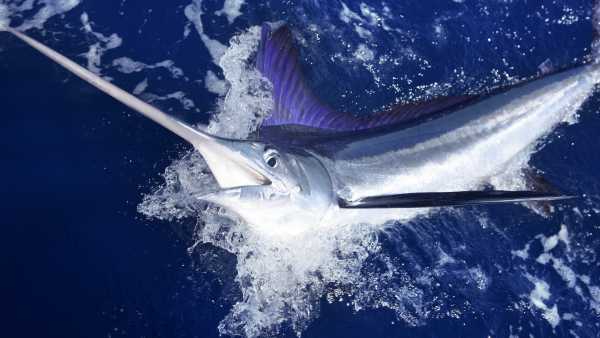
The man was stabbed in the throat and base of the skull by a fish.

Shingles has pierced a man's bladder.
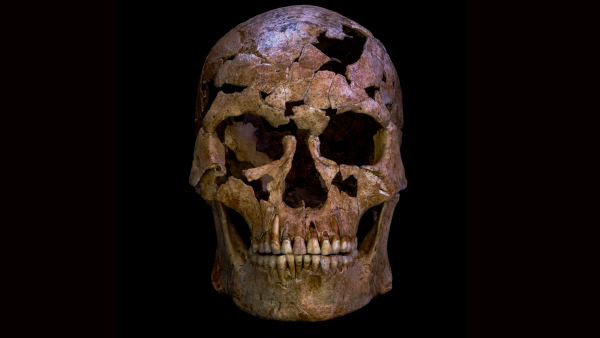
An exotic quartz arrow may have killed a man 12,000 years ago in Vietnam.
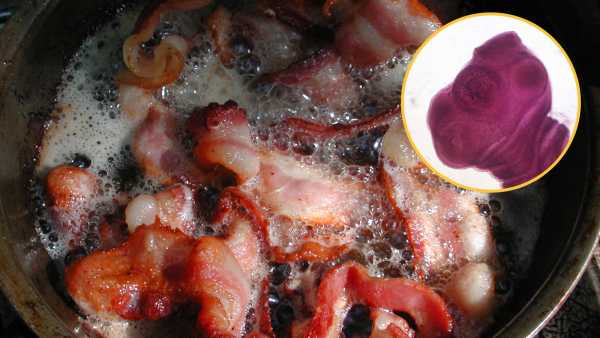
A man's preference for “soft” bacon may have caused him to become infected with worms in his brain.
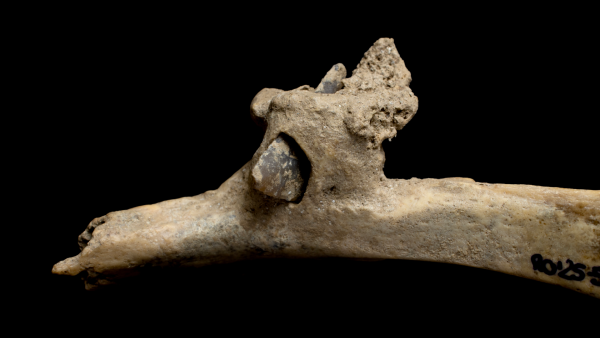
A 4,000-year-old human rib discovered high in the Pyrenees still bears an arrowhead from a brutal attack.
Latest news in the healthcare sector

The tragic death of gene therapy, which halted the field for a decade, occurred on September 17, 1999.
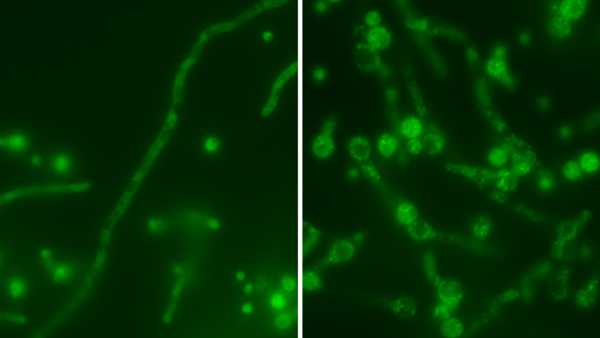
The “Russian Matryoshka” virus is hidden inside a deadly fungus, making it even more dangerous to humans.
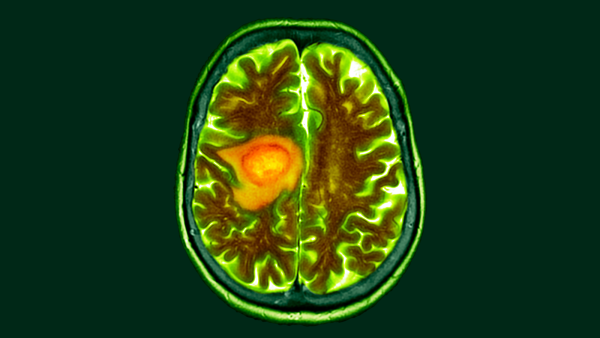
Early research suggests that changing your diet may help treat brain cancer.

Have you gotten vaccinated against COVID this year?
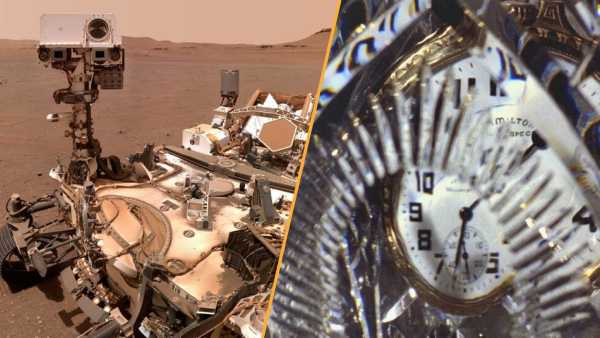
Science news this week: NASA finds compelling evidence of life on Mars, and scientists invent visible time crystals
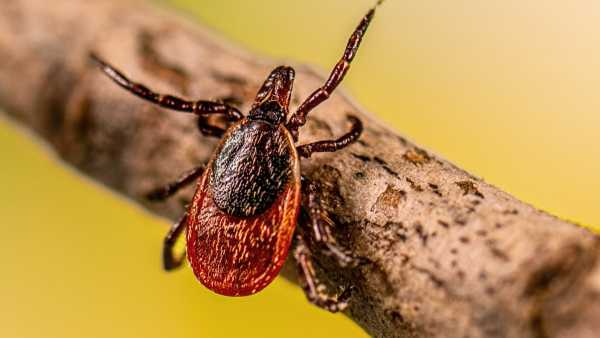
'Your concerns are well-founded': How human activity has increased the risk of tick-borne diseases like Lyme disease
Latest features

History of Science: Gravitational Waves Discovered, Proving Einstein Right – September 14, 2015
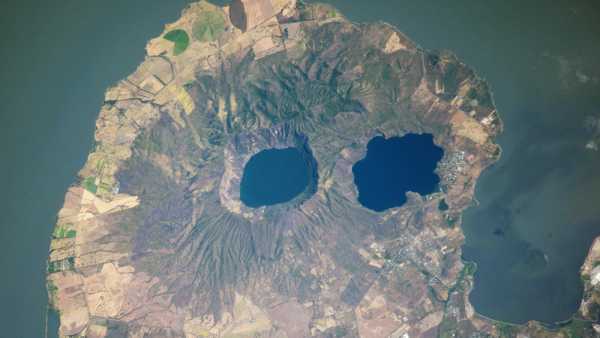
Volcanic 'eyeballs' peer into space from a skull-shaped peninsula

The James Webb Space Telescope's “Starry Mountaintop” may be the observatory's best image to date — Space Photo of the Week

Where is Queen Boudicca buried?
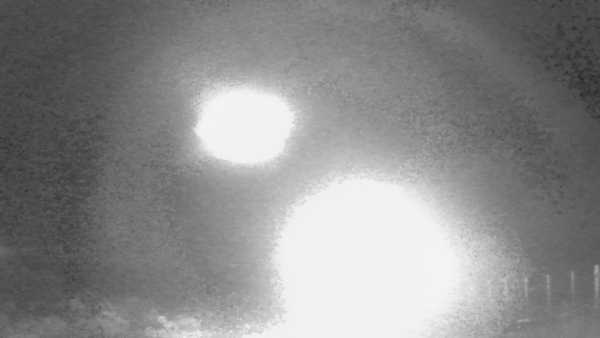
A camera trap in Chile has captured strange lights sparkling in the wild. Researchers are trying to find an explanation.

Where in our solar system could alien life exist?
LATEST ARTICLES

1History of Science: The tragic death of gene therapy, which halted the development of this field for a decade – September 17, 1999
Live Science magazine is part of Future US Inc., an international media group and leading digital publisher. Visit our corporate website.
- About Us
- Contact Future experts
- Terms and Conditions
- Privacy Policy
- Cookie Policy
- Accessibility Statement
- Advertise with us
- Web notifications
- Career
- Editorial Standards
- How to present history to us
© Future US, Inc. Full 7th Floor, 130 West 42nd Street, New York, NY 10036.
var dfp_config = { “site_platform”: “vanilla”, “keywords”: “type-regular,serversidehawk,videoarticle,van-enable-adviser-
Sourse: www.livescience.com





